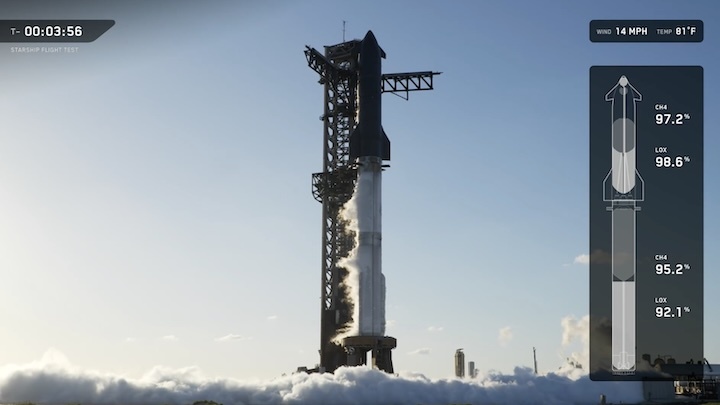16.10.2025

Turns out SpaceX has a "bakery" right here in Florida — not the sweet kind, but one which is cooking up heatshield tiles.
SpaceX's goal with Starship is to be able to resuse it when the time comes to routinely launch from Florida.
Unlike with the Falcon 9, SpaceX's plan for Starship is to land both the Super Heavy booster and Starship back at launch towers. That would bring down the cost of launches and reduce the time needed between launches.
“We can’t launch, land, refuel, and launch again if we have to spend months refurbishing the heatshield after every launch —like they did in the space shuttle program,” said Starlink Business Analyst Tyler Lionquist. “So in a future where Starship is flying several times a day, many, many thousands of heatshield tiles will be required.”
With this "rapid reusability" planned for the Cape, SpaceX has already begun mass producing 1,000 Starship heatshield tiles per day And this tile production was revealed not to be in Texas, but instead right here in Florida, the company said during its Oct. 13 Starship 11th flight broadcast.
“We need to get cooking on those tiles,” said Lionquist, referring to the Florida Starship tile “bakery."
What are the Starship heatshield tiles
The hexagonal Starship heatshield tiles are necessary to protect the ship from the high heat seen during reentry through the atmosphere.
Lionquist said they've already been working on this for three years at SpaceX’s Florida facilities with the "bakery" having surpassed the number of heatshield tiles produced during the 30 years of the NASA space shuttle program.
It takes 40 hours to create the heatshield tiles from raw material — all the way to baking them to a finish, Lionquist said.
The company's goal is to get production to a rate that will support the launch of 10 Starships launches per month from Florida. Lionquist explained this would ramp production up to 7,000 heatshield tiles per day.
Starship is SpaceX’s next generation launch system, which is being designed to eventually send humans and infrastructure to Mars. It is also being tapped to serve as a human lander for NASA’s Artemis return to the moon missions, with the goal of landing two astronauts on the moon during the planned 2027 Artemis III mission.
Of course, future launches from Pad 39A at NASA’s Kennedy Space Center are dependent on the final environmental impact assessments from the Federal Aviation Administration and Space Force. So far, the main concerns are worries about structural damage from the vibrations of the giant rocket as well as road and airspace closures.
Quelle: Florida Today
